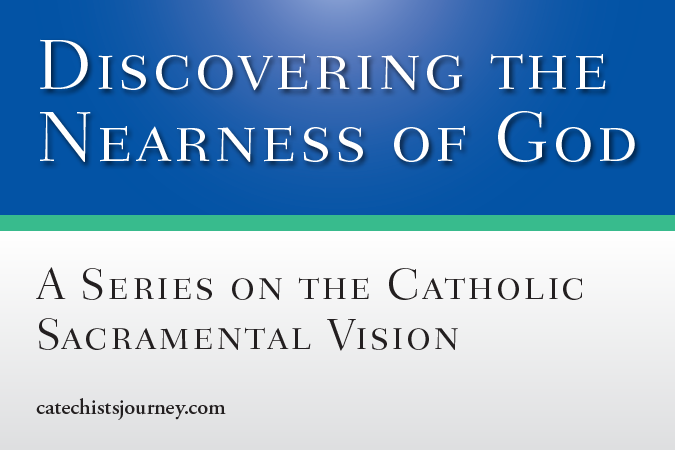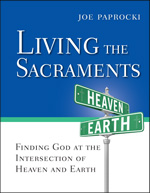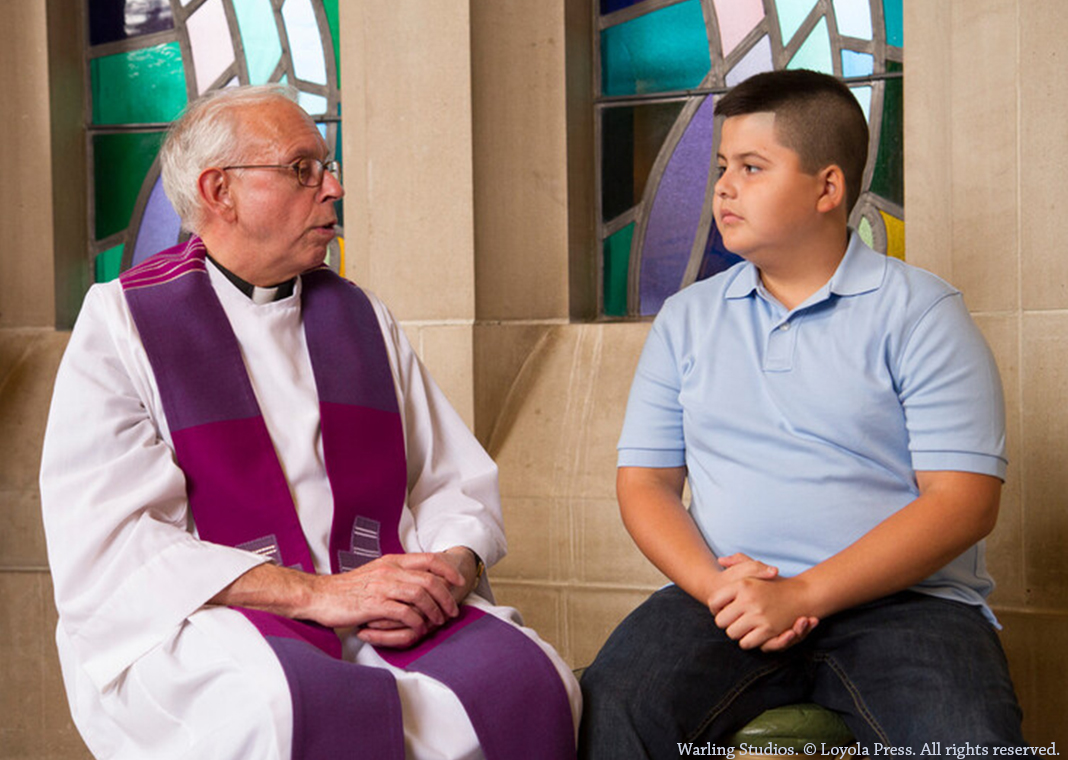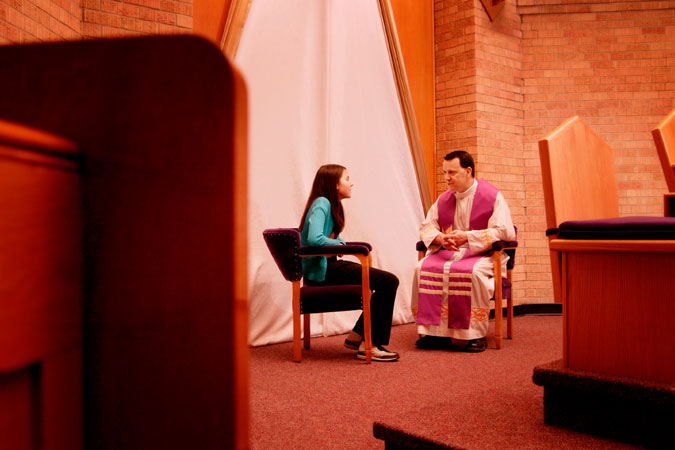
Welcome to the fifth installment of my series “Discovering the Nearness of God: An Eight-Week Series on the Catholic Sacramental Vision.” This week we will explore the Sacrament of Reconciliation, with the theme of “Rescue Me!”
All of us can recall watching footage on TV of heroic rescues as a victim finds himself or herself in swirling flood waters. The rescuer enters the swirling torrents and extricates the flailing victim, carrying him or her to safety. Bishop Robert Barron often remarks on the importance of seeing Jesus, not just as a helpful teacher, a wise philosopher, or a swell guy but as a Savior, a rescuer. Barron illustrates this by inviting us to imagine ourselves sinking in a pit of quicksand: do we need a teacher, a philosopher, or a swell guy to come along? No, we need a savior! Someone to pull us out of the muck!
God’s intervention to rescue us was indeed set into motion with the birth of Jesus, the Incarnation, when heaven and earth intersected once and for all and were reconciled. Jesus, in turn, remains with us throughout our recovery through the Holy Spirit, through Baptism, through the Eucharist, and through the Sacrament of Reconciliation. While Baptism is our acceptance of God’s intervention and the Eucharist is the ongoing support we need during our recovery, the Sacrament of Reconciliation is there for us when we “fall off the wagon” and go back to our habits that miss the mark. The Sacrament of Reconciliation is one of the ways that God’s intervention continues to play out in our lives. We have a continuous need to overcome the human tendency to live contrary to the divine will, a will that compels us to live a life of selfless love.
In the movie As Good as it Gets, Melvin, a cranky, obsessive-compulsive author (played by Jack Nicholson) says to the waitress he is attracted to (played by Helen Hunt): “You make me want to be a better man.” Often, when we encounter someone with qualities we admire, we become more aware of our own shortcomings—and our desire for improvement. Becoming a disciple of Jesus works the same way. When we accept Jesus’ invitation to discipleship, we encounter his great mercy, which, in turn, makes us more aware of our shortcomings and our desire to be a better person. We cannot help but ask for forgiveness and for the grace we need to move forward. Walking with Jesus makes us want to be better people.
The only authentic response to encountering Jesus, therefore, is true conversion. Unfortunately, because of our limited understanding of the word conversion, we often feel that we haven’t experienced, are not experiencing, and will not be experiencing conversion any time soon. But in truth, conversion is always at hand. It is our ever-present access to God’s new story line for our lives. All we need to do is to redefine conversion as that which happens to us during the thin moments of life when we come face-to-face with the realization that we are incapable of sustaining ourselves and need to turn to God, who alone can rescue, restore, and reassure us.
At the intersection of heaven and earth, we find peace. It doesn’t take much for us, however, to miss the mark, to lose our sense of direction, and to find our way onto detours and dead ends. Through the Sacrament of Reconciliation, we can once again “check in” at the intersection of heaven and earth where God awaits to restore us.






Be the first to comment